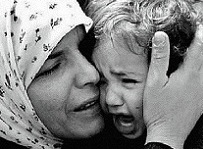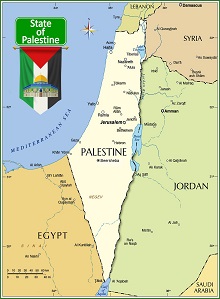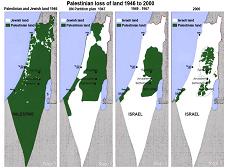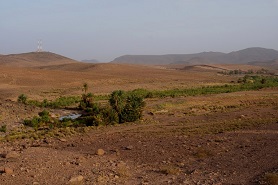 In Depth: the Fight for Water by Morocco Farmers
In Depth: the Fight for Water by Morocco Farmers
Dades Valley, Morocco – At the foot of the High Atlas mountain chain in southeastern Morocco, each village is named after the river that used to run through it. But today dry palm trees surround empty riverbeds and bridges now cross only stones left underneath. 💬 “When I was a child I used to swim in this river. There was an incredible fish diversity. Today half a century later, my wadi [valley] is completely dry,” says Yousef, a farmer from Kalaat MGouna, east of the gateway city of Ouarzazate. Yousef, a retired immigrant worker who lived in France, returned to his home village to grow olives, almonds, and pomegranate trees. Little did he know that irrigating his crops would become an impossible task. ● The Ouarzazate semi-desert region is drying out. As in the rest of North Africa, global warming is already showing its effects and badly affecting agriculture. In the context of drought, Moroccan farmers point the finger at the mismanagement of remaining water resources, which have been diverted from their natural course to be set aside for expanding industries. Three industries in southeastern Morocco consume the most water: mining companies, agricultural monocultures, and the world’s largest solar power plant, Noor, generating thermal energy through an evaporation process. Water from the valleys around Ouarzazate is collected in the al-Mansour Eddahbi dam which is below 12 percent of its current capacity. ● Environmental groups in the region have criticised its centralised and extractive resource management of the resource. 💬 “Local communities suffer from the effects of the climate crisis and do not even benefit from these large projects,” says Jamal Saddoq, a representative of Attac Morocco, one of the few associations working on the consequences of the extractive industry in the southeast. Along the roads through the desert, it is not uncommon to notice a white smoke cloud – a sign of mining activity. Excluding phosphates, about 40 percent of the mining licenses in Morocco are located in the Drâa-Tafilalet region. ● According to a recent interview with the Minister of Energy Transition and Sustainable Development Leila Benali, companies in Morocco produce three million tonnes of minerals per year. Managem group, a Moroccan company operating in the extraction of precious metals and cobalt, owns the main sites in the region. This is the case of the Imider mine, the largest in Africa, from where precious minerals such as silver leaves for Gulf and European countries. ● Demonstrators have been calling for an equitable distribution of resources, including water. “We got some achievements but not up to what we expected. About 50 young people have been hired and some development projects have been set up,” the activist said. 💬 “We have been protesting since the 1980s, but little has changed except that groundwater is running out. The company is still pumping water, digging wells deeper and deeper,” says one anti-mine activist, speaking on condition of anonymity to avoid repercussions from the authorities. “That’s why in 2011 we decided to block the pipeline connecting the mine to its water tank.” As the company’s own website explains, the mining industry needs water to recover precious metals from ore.





